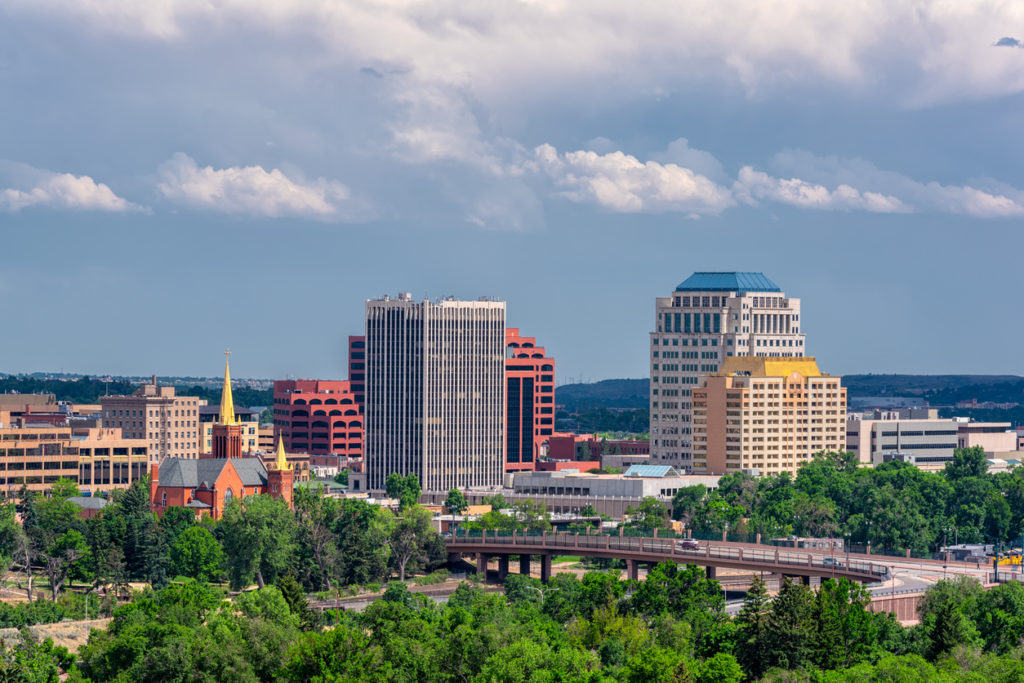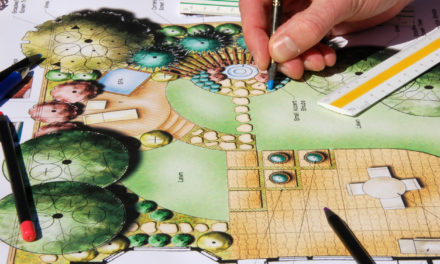Housing prices in Colorado Springs continue to increase at one of the fastest rates in the nation, according to a report by the National Association of Realtors.
During the third quarter, local single-family home prices jumped by 11.2 percent on a year-over-year basis, which ranked as the 11th largest percentage gain among nearly 180 metro areas in the association’s report. The Springs’ third quarter, median sales price of $315,700 ranked as the 26th most expensive nationwide, the report showed.
The numbers are good news for homeowners — the steady appreciation means a nice gain in their investment, said Harry Salzman, a veteran real estate agent with Salzman Real Estate Services and ERA Shields Real Estate.

Photo Credit: Feverpitched(iStock).
Nationwide, the third-quarter increase in home prices was 4.8 percent, the association’s report showed. Of other Colorado cities in the report, Denver-Aurora-Lakewood had a gain of 7.7 percent and Boulder’s increase was 7.2 percent.
COLORADO SPRINGS RANKS AS NATION’S SIXTH HOTTEST HOUSING MARKET
In October, Colorado Springs ranked as the nation’s sixth hottest real estate market, according to a monthly index compiled by Realtor.com, a California-based online real estate service.
The ranking is based on the number of online views received by homes listed for sale in each of the 300 markets in the report, which indicates demand in a particular area. Realtor.com’s rankings also are based on the median number of days that homes stayed on the market before selling.
“This is a very hot market that is heating up compared to last month, and heating up compared to last year,” Realtor.com said of Colorado Springs. “Median days on market is 45 days, with inventory moving 13 percent faster than last year and 22 days faster than the U.S. overall. Properties in the area receive an average number of views 1.6 times higher than the U.S. average.”
The Springs’ ranking isn’t new; it’s had similar top 10 spots in Realtor.com’s index over the last several months and ranked No. 10 in September.
Elsewhere in Colorado, Pueblo came in at No. 31 in October; Denver-Aurora-Lakewood ranked No. 77; Boulder was No. 82; Fort Collins was No. 96; Greeley ranked No. 131; and Grand Junction was No. 133.
The top five cities in Realtor.com’s October report were Midland, Texas; Fort Wayne, Ind.; Odessa, Texas; Boston-Cambridge-Newton, Mass; and Columbus, Ohio.
Within Colorado Springs, the northeast side 80922 ZIP code continued to be ranked by Realtor.com as the city’s hottest area in the third quarter of this year.
Nearly two-thirds of the nation’s households own a home, said Salzman, citing U.S. Census Bureau figures for the third quarter. As a result, he said, “that means two-thirds of us have been making some money. But here (in Colorado Springs), it’s a grand-slam win. … It’s a real benefit. ”

Colorado Springs, Colorado. Photo Credit: Richard Bittles.
Yet, higher prices also mean it’s tougher for some homebuyers — especially first-timers — to afford a home, especially at a time when mortgage rates have risen over the last several months. Last week, 30-year, fixed-rate loans averaged 4.83 percent nationally; a year ago, the same rates averaged 3.94 percent.
It’s always a concern when some buyers can’t afford to purchase a home, Salzman said. Still, he said, it’s not just higher prices that might keep some buyers out of the market; many younger people have student loans to pay off, which prevent them from saving money for a down payment.
And even as some buyers wrestle with increasing housing prices, the cost to own a home typically is cheaper than renting an apartment or a house, Salzman said. Average apartment rents were nearly $1,160 a month in Colorado Springs during the second quarter, according to the Colorado Division of Housing.
Home prices in the Springs will continue to rise, Salzman predicts. At the start of this year, Salzman said he had forecast prices would grow by 7 percent to 8 percent for the year. That’s turning out to be a little conservative.
“When we get to the fourth quarter, I don’t think we’re going to stay at 11ish,” he said. “But even still, if we can be around an 8 percent. Think about this: Once again, you look at the long-term of a mutual fund, they are not 8 percent.”

 Colorado Springs Rooftop Views, Photo Credit: CatLane (iStock).
Colorado Springs Rooftop Views, Photo Credit: CatLane (iStock). 



Comment on: Home Ownership in Colorado Springs Becomes Less Feasible as Prices Skyrocket